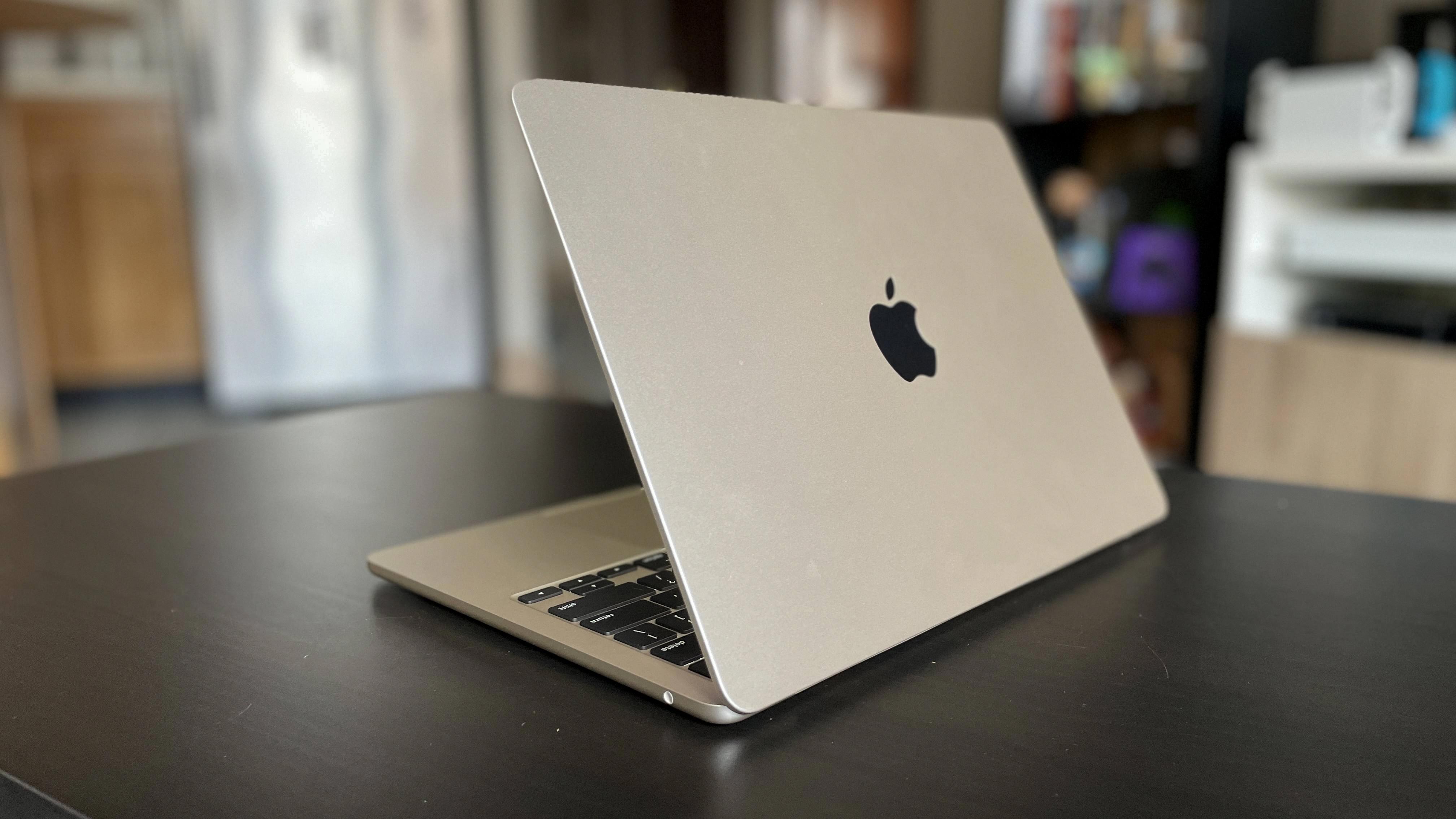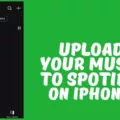Transferring Files to GarageBand
If you’ve ever wanted to create music with GarageBand, you’ll need to know how to transfer files between devices first. Transferring files can be intimidating, but it doesn’t have to be! In this blog post, we’ll walk you through the basics of transferring files to and from GarageBand.
For Mac Users:
On your Mac, open the Finder window and select Locations in the sidebar. You should see an icon for your iPhone or other device if it’s connected. Select the icon for your device, click Files, then select GarageBand in the Apps list. To transfer a file from your Mac to GarageBand, drag it from its original folder into the GarageBand files list.
For iPhone Users:
Connect your iPhone to your Mac computer with a USB cable and open iTunes if it doesn’t launch automatically. Your connected device should appear in iTunes under Devices and you can select it there. Select Apps in iTunes and scroll down until you see File Sharing for GarageBand. Drag any audio files that you want to transfer into this list and they will be saved on your phone.
Formatting Issues:
One potential issue that may arise when transferring files is file format incompatibility. If you are trying to import an MP3 file into GarageBand, this won’t work because only standardized audio files (AIFF, CAF, WAV, AAC, Apple Lossless) will be accepted by GarageBand – not mp3s downloaded from youtube-to-mp3 converters. However, if this happens all you need to do is right-click on the file and rename its extension from .mp3 to .wav which should fix the issue!
Transferring GarageBand Files to Another Computer
Yes, you can transfer GarageBand files to another computer. To do so, open the project file in GarageBand on your original computer and then select “Share” from the File menu. From there, choose “Export Song to Disk,” title your file, pick a place to save it, choose a quality level, and click Export to generate the file. Once the file is saved, you can copy it to a USB drive or oter external storage device and transfer it over to your other computer. On the new computer, open GarageBand and select “Open Existing Project” from the File menu. Locate the project file that was transferred over and click Open.

Source: idownloadblog.com
Transferring GarageBand Files to an iPhone
To transfer GarageBand files from your Mac to your iPhone, start by connecting your iPhone to your Mac. Your iPhone should apper as an icon in the Finder window sidebar under Locations. Select the icon for your iPhone, click Files, then select GarageBand in the Apps list. Next, drag the song you want to transfer from the Finder window into the GarageBand files list. Finally, tap “Done” in the top right-hand corner of the screen and wait for the transfer to complete. Once it has finished, you will be able to access and play your song in GarageBand on your iPhone.
Troubleshooting Issues with Importing Files into GarageBand
GarageBand won’t let you import a file because it only accepts standardized audio files (AIFF, CAF, WAV, AAC, Apple Lossless, and MP3) that haven’t been downloaded from youtube to mp3 converters. If the file you are trying to import is not one of these types, GarageBand will not be able to read the file. If you have an mp3 file and would like to use it in GarageBand, you can right-click and rename the file extension from .mp3 to .wav to fix the issue.
Transferring GarageBand Projects to Another Mac
To transfer GarageBand projects to another Mac, first open the GarageBand project you want to transfer on the original Mac. Then, choose File > iCloud > Open iCloud Song and click iCloud in the upper-left corner of the iCloud for GarageBand dialog. Next, drag the GarageBand project from the Finder into the iCloud for GarageBand dialog. Finally, click Done. This will upload the project to iCloud, whih can be accessed from any Mac that is signed in with your Apple ID. To download it onto another Mac, select File > iCloud > Open iCloud Song and click iCloud in the upper-left corner of the iCloud for GarageBand dialog. Here, you will see a list of all available projects stored in your iCloud account. Select the project you want to download and click Open. The project will now be available on your new Mac!
Transferring GarageBand Files to a USB Drive
To transfer GarageBand to USB, you will need to first export your project to a file format that can be transferred. To do this, open your GarageBand project and click the Share menu. Select Export Song to Disk and choose the file format you would like to use. Once this is done, connect your USB drive to your computer and copy the exported file onto it. Once the file is copied over, you can safely disconnect your USB drive and use it on other compatible devices.

Source: keyboardkraze.com
Adding Files to GarageBand
Adding your own files to GarageBand is a simple process. To start, click on the Finder icon in the Mac Dock. Locate the audio file that you wish to import into GarageBand. You can then click and drag the file onto an existing track or a new track in GarageBand. It’s important to note that GarageBand only supports certain audio file formats including .AIFF, .CAF, .WAV, .AAC (except protected AAC files), Apple Lossless, .MP3, and .MIDI files. Once you have dragged your file into the GarageBand project window, you can edit it with filters and effects as desired beore adding it to your final project.
Conclusion
In conclusion, GarageBand is an excellent tool for creating and editing music, but it does not support MP3 files that have been downloaded from youtube to mp3 converters. To transfer files from your iPhone to your Mac, you must connect your iPhone to your Mac and drag the file from the Apps list into the GarageBand files list. You can then share the file any way you like. If you have a file with an MP3 extension, you can right-click and rename it to a WAV extension so that it will be compatible with GarageBand. With these steps in mind, transferring files to and from GarageBand is easy and efficient.








